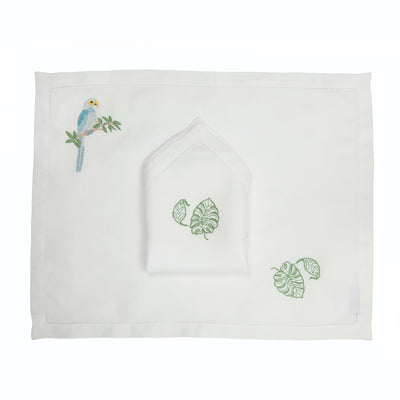The European Conservatory of Soil Samples
Essence through the senses, that is the pitch of this section. With the desire to make you discover inspiring places through sight, hearing, smell, touch and taste. Sense.
On the outskirts of Orléans, the INRAE site has a nugget. A building recently created to accommodate, prepare, manage and store soil samples from various French and European programs. The icing on the cake, it is made of rammed earth. Journey to the center of the earth...

Photo: Philippe Vaurès Santamaria
“What if we built a building in raw earth? When the idea was launched, no one really believed in it,” says Antonio Bispo, director of the InfoSol service unit. However, on closer inspection, this proposal is not so absurd. When it comes to creating a new place capable of housing soil samples, it makes sense. Even better, rammed earth is recognized for its properties of thermal inertia and regulation of hydrometry.
It restores its natural humidity during heat waves and, conversely, absorbs it during rainy weather. Little by little, the competent authorities are convinced. The decision was therefore made to set up this new kind of European Soil Sample Conservatory (CEES) on the INRAE site. The site turned out to be more complex than expected: the land in situ lacked sand and structure. As they stand, they cannot lend themselves to the rammed earth technique.

Fortunately, the clays from the Montargis quarries provide their binder to create entire walls of raw earth from soil excavated on site. In 2014, the CEES reveals its facades by strata. Dazzling. Just like the heart of the building. A room of 370 m2, with 4 linear kilometers of shelves preserving more than 75 t of soil samples from all over France and Europe, at around 19°C and 50% humidity.

The result, essentially, of a first campaign launched in 2000, followed by a second from 2016. Called RMQS, the program is based on a network of France in more than 2,200 sites. Squares measuring 16 km on each side, from which 60 to 120 kg of soil are taken from a depth of 1 m before being sent to the CEES laboratory and processed for conservation and analysis. Added to this are collections of samples from 50 European sites and, perhaps tomorrow, those from INRAE Versailles, including a few nuggets dating from the 1910s... A treasure and a mine of information. Because the CEES takes care to “make its samples speak”. All the analyzes carried out outside are centralized to be disseminated in open data. At national and regional level, they provide information on fertility, organic carbon stocks, microbial biodiversity, etc., to ensure better soil management tomorrow. A major issue.
TOUCH

The desire to pass the hand on these adobe walls quickly wins. Their matte and layered appearance, their grainy texture... call out. But how are they made? Nothing's easier. Inside huge forms, the earth, slightly damp, is dumped and then compacted, layer by layer, to the desired height. That is all. A few measures are necessary all the same: mount them on concrete spandrels in order to avoid any direct contact with the ground, which is naturally damp, and avoid touching them too much given their porosity. It's hard to resist... The conservatory room calms this ardor, with colder mouse-gray metal cupboards. A striking contrast.
VIEW

Here and there, the gaze follows the irregular lines drawn by the successive layers of adobe walls, to which respond a much more rigorous architecture of the roof and salient flashes of light. It also arises on the dozens of species of trees planted throughout the 40 hectares of the site. Case studies carried out by the forestry research units installed here, and as many breaths.
THE SMELL

From the start, the building beckons. Its raw earth walls give off notes that are both fresh and warm. Same observation in the laboratory. After receipt and checks, the samples are placed in the cold at 4°C for 3 to 4 days in order to slow down their activity, before being dried for around ten days at 30°C in a 30% humid atmosphere. They are then prepared and subdivided in order to be stored at the conservatory for a part and sent to analysis laboratories for the other. Thanks to these different operations, scents of peat, humus... fill the space.
HEARING

How far away the city seems in the middle of the surrounding trees! Not an unsightly noise or almost. Only the fume hoods in the laboratory and the occasional shooting practice in the nearby army camp disturb the chirping of birds and the blowing of wind in the branches. Restful.









